How do I get a Harold Davis print?
To order your Harold Davis print please look through our Galleries and Blog to find an image or images that you might like. Then contact the studio for an individual consultation by phone or email, and we will help you order your unique custom work of art.
What are the different kinds of Harold Davis prints that are available?
In our studio we are happy to create unique, hand-crafted prints in almost any size you’d like, ranging up to 40″ X 60″—large enough to enhance any space. We can make our prints on many different surfaces, including pearlized metallic substrates, washi rice paper, and somewhat more conventional photographic papers. Prices range from $600 to $4,000. Click here for the current print price list. Please contact the studio for details and a free personal consultation.
What makes Harold Davis prints unique?
“Harold Davis’ ethereal floral arrangements have a purity and translucence that borders on spiritual.”—Peter Kolonia, Popular Photo Magazine
“Harold Davis is the digital black and white equal of Ansel Adams’s traditional wet photography.”—San Francisco Book Review
“Davis presents a large number of his photographs, and virtually every one is a masterpiece, ready for gallery or museum exhibit.”—Seattle Book Review
Harold’s over-sized original prints are as unique as his digital photographic techniques. He creates very large prints on unusual substrates such as pearlized metallic and washi rice papers. Davis states, I believe that nothing like my prints has ever been seen before. They simply could not have been created until recently. I’ve been able to innovate in a domain where many techniques and crafts have come together for the first time. My prints are made meticulously, and have a 200-year archival rating for ink and paper if they are handled properly.

What printer do you use?
We own a number of inkjet printers, and have worked extensively with both Canon and Epson printers. But I am happiest so far with my Epson Stylus Pro 9900. This is a behemoth of a printer that occupies the room in our house formerly known as the dining room! It is shown below a while back when it was first delivered.
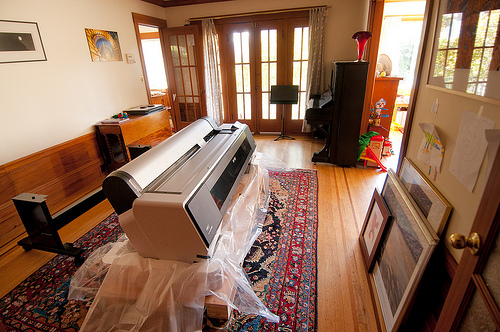
Prints from a high-end inkjet printer such as the Epson 9900 go by a variety of names, including:
- Inkjet print —I think you’d rather suspect this term would be in use;
- Pigment print —the printer lays down pigment rather than altering an emulsion as in traditional photographic printing;
- Giclee —named after the French verb gicier, “to spurt,” a neologism specifically coined to avoid the “stigma” of being called an inkjet print; and
- Piezo print —named after the kind of print head that is in the printer.
Personally, I don’t think there is much in the name, and all these terms mean the same thing. After all, a rose by any other name is still a rose, and all that. Overall, I tend to favor “pigment print”.
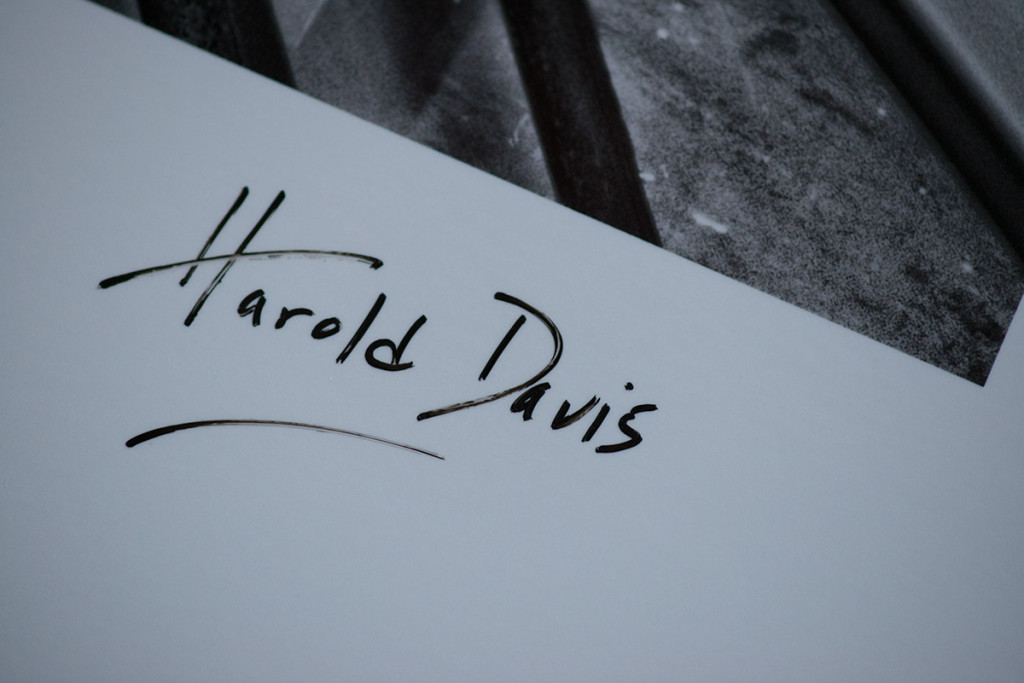
The widespread confusion of terminology relates to the incredible spectrum of uses for this technology: You can buy inkjet prints at Costco, where they are honestly labeled, you can buy the somewhat pretentiously named giclee prints from companies that reproduce art, and you can collect one-off artisanal pigment prints from solo artists such as Harold Davis who make these prints one at a time in their studio.
The difference between these various uses isn’t really the gear that is involved, just as the difference between mediocre and great photography is rarely the gear the photographer uses. Quality in digital printmaking really comes down to knowing the quirks of the printer, understanding how to get the most out of digital workflow, how the technology is used, the vision behind the printmaking, and the care and time that is spent on each individual image.
I would emphasize the point that in my opinion just as much craft, skill, and artistry goes into making a good artisanal digital inkjet print as ever went into a print made in the chemical darkroom. The vision and care required are much the same, but the specific skills required are different.
What papers do you use?
I love paper in all its types and manifestations, and am constantly playing with and experimenting with paper from various sources. That said, I am mighty partial to papers by Moab from Legion Paper. (Full disclosure, I am a Moab Master and have a very cordial relationship with the great folks at Moab.) One thing Moab has going for its papers is that they do a great job of creating ICC printing profiles for specific printers, which helps me make the output files for the prints I want with a minimum of fuss.
I do try to match the paper I use to the image. It’s interesting, because sometimes an image will look good printed on multiple substrates, albeit with very different looks—and other times there is really only one good possibility.
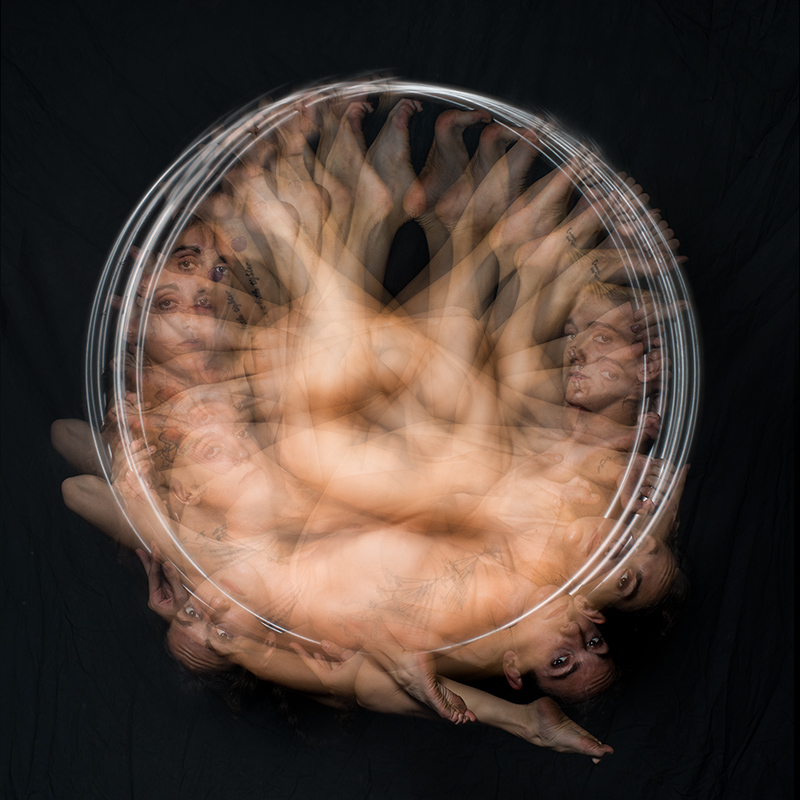
How long does it take you to make a print?
This depends on many variables, and absent a specific image file and paper it is a little hard to say. Larger prints are usually (but not always) much harder to print than smaller prints. Prints with a great deal of black can be hard to print (because they show flaws easily), as can prints with a white background (because dust and other problems show up).
Some papers are simply tougher to handle than others. Examples of paper that have some delicate handling characteristics include Moab Slickrock Silver and Awagami Unryu. These substrates are unique and beautiful, but sometimes beauty has its payback—in this case, these papers require extra attention as they go through and come out of the printing process.
If you include output file preparation, printing, and post-printing issues, an average print might take something like five to ten hours, in some cases a bit less, and in some cases much more: Sometimes I have to print an image 20 times until it is right and I get that one good print.
The take-away should be that considerable effort and time goes into every print that I make. There is no such thing as “mass printing” in my studio. Of course, this leaves out the hours or weeks it may take me to make my images in the first place.
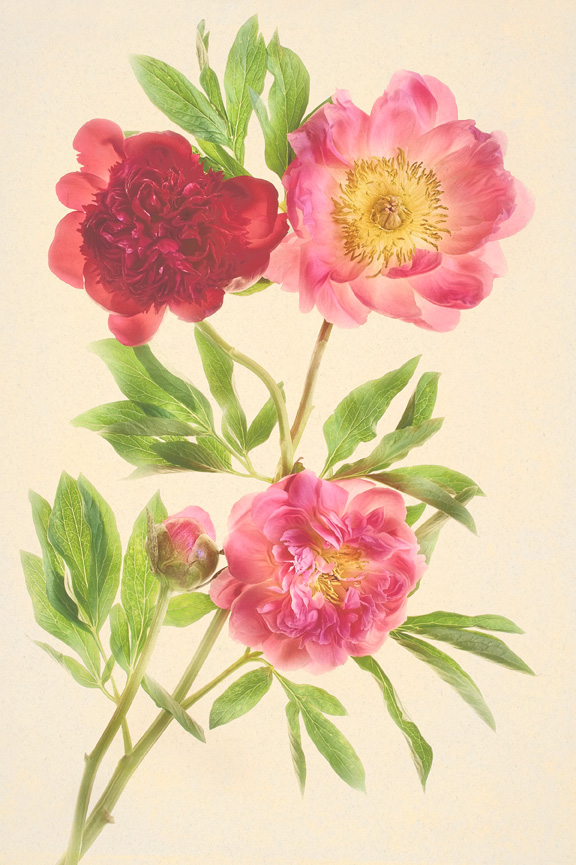
Are your prints in limited editions?
The concept of a limited edition comes from traditional non-photographic printmaking. In a tradition that evolved from the nineteenth century, first one made an etching plate, or lithographic stone, then ran off prints using the plate or stone. When the edition was complete with 100 prints or so, the plate or stone was canceled or destroyed so that no more prints could be made. The point of this kind of limited edition was that a given plate or stone could only support a certain number of copies on press before it started to deteriorate and wore out, and also of course to indicate the scarcity of the print.
To me, this kind of limited edition makes relatively little sense with photography. You could even say, “limited” sense, or no sense at all.
Unless one is willing to destroy the original image file (which I, and most photographers, are certainly
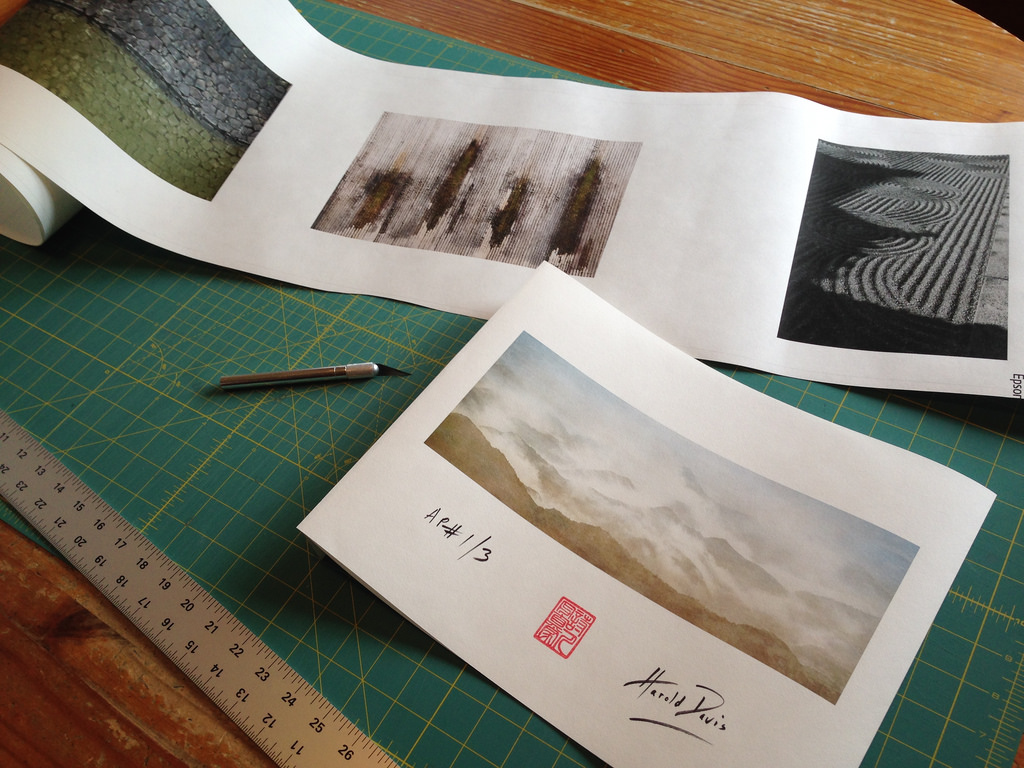
not willing to do), it almost smacks of deception. Here’s why: It has been common with a really popular images for the photographer to switch a detail slightly, for example make the image slightly larger or smaller, and then keep making prints when the original-sized edition runs out of print numbers. This makes no real sense to me and doesn’t seem right.
What I affirmatively do is keep track of my prints. That way, I can look up how many copies have been printed of any image. Knowledgeable gallerists and collectors I have discussed this with tell me that this provides them with all they really need—a good sense of how many of a given print have been made. From there they can derive information about how popular and/or scarce a given print is.
Note that on the other hand I do produce portfolios in limited editions. In the case of a limited edition portfolio, the fact that it is limited shows how much hand effort goes into each one made. Examples of limited edition portfolios include my Botanique, Monochromatic Visions, and Kumano kodo portfolios. It’s important to be clear with these portfolios that it is the portfolio—and not the prints—that is part of a limited edition.
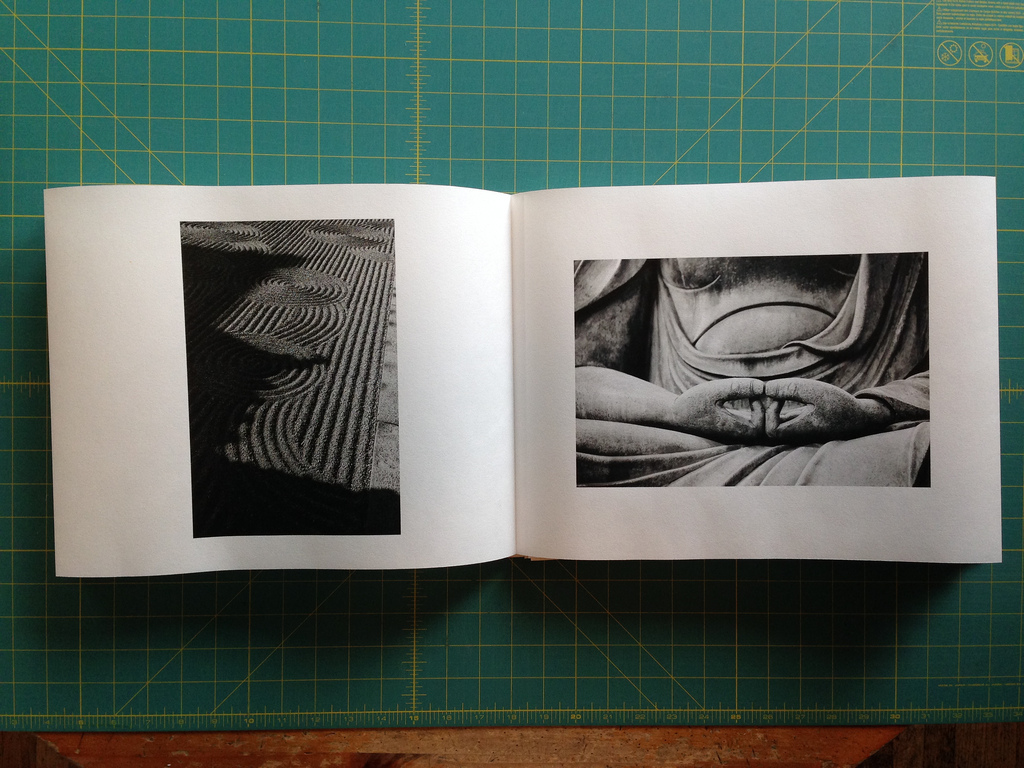
Do you hand-sign or digitally sign your prints?
To digitally sign a print means to add a signature within the computer file used to make the print. Hand-signing means that each print is individually signed using either a pencil or pen. All of my prints that are intended for art galleries or collectors are hand signed.
I use an archival pigment stylus for prints on paper where the signature will work best with ink, and a nice sharp art pencil (usually HB grade) for substrates where ink wouldn’t be best, such as Japanese washi.
It’s very easy to tell the difference between digital signatures and hand signatures; usually one can spot the difference at a glance.
Is a certificate of authenticity available?
Yes, a Certificate of Authenticity is available for prints purchased from my studio on request at the time of purchase.
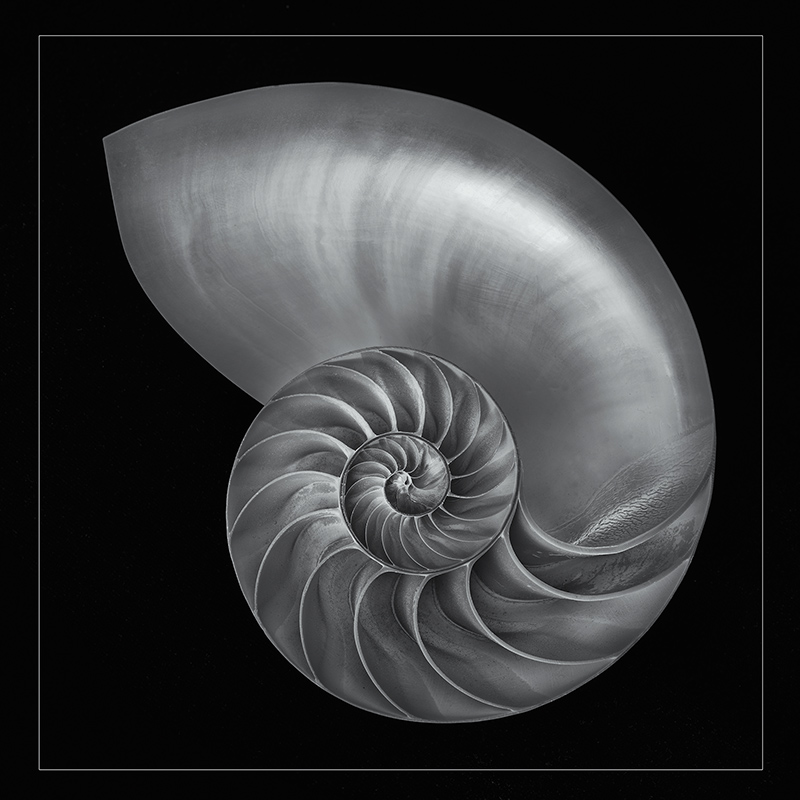
What do people say about their Harold Davis print?
“Your Poppies print arrived today in perfect condition. Thank you for all the care you took to wrap and ship it so carefully. I cannot wait to frame it and hang it in my living room. This photo just speaks to me……”—Ilene Hertz, San Jose, California
“The print has arrived safely. And it’s gorgeous! My coworkers are in awe.”
—Sharry Lee Gregory, Indianapolis, Indiana
“The Cherry Branch print arrived in excellent condition – it’s beautiful! Thanks for all the care you took with it, your family does great work!”
—Rachael Fogal, Anchorage, Alaska
Can you tell me more about my Harold Davis print?
Each print is individually made with a great deal of care using the best archival materials on paper we feel is most appropriate to the particular image and your image placement following our initial consultation.
Even the ink Harold uses to sign his prints is acid free.
Note: We always allow a little paper margin around my prints for my hand signature, so it can be overmatted when you frame the piece.
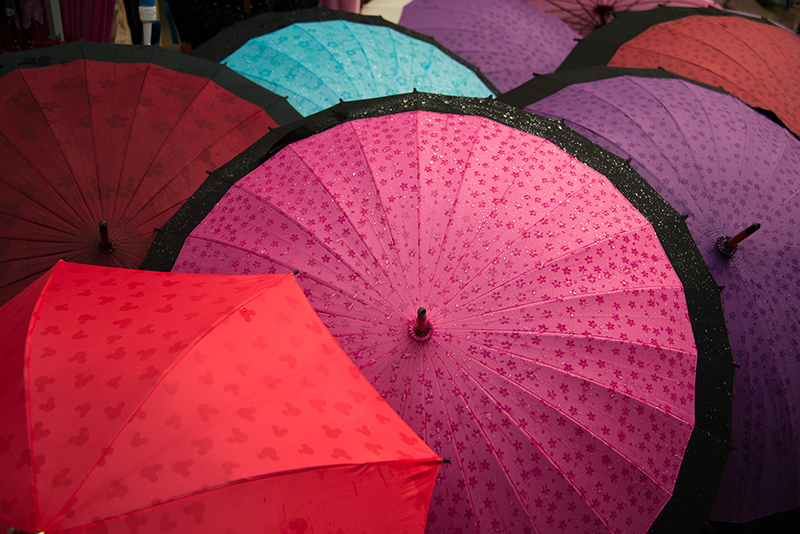
What will your Harold Davis print be worth 50 years from now?
During the many years that Edward Weston and Ansel Adams were active, you could have bought one of their prints for a few hundred dollars (at most). These prints sell for tens—or hundreds—of thousands of dollars at auction today.
It’s impossible to know the future, but we believe that original Harold Davis prints will have ongoing value. These prints are created to last using archival materials and inks that are rated for at least 200 years. In this studio we do not take shortcuts.
How should I frame my Harold Davis print?
Many people have asked about framing their Harold Davis print. We always recommend archival framing using acid-free materials and glass that provides UV protection. This is sometimes called “museum” or “conservation” framing.
Note that we do not provide framing services. Harold states: “I am an artist and a photographer, not a framer. I want you to work with a professional framer to make your own choices depending on where you will hang my prints and I don’t want to build a hidden markup into what I would have to charge for framing.”
Have any further questions? If you have any questions about Harold Davis’s prints, or are interested in acquiring one, please contact the studio.
This Post Has One Comment
Comments are closed.
Pingback: Congratulations to those folks who found the Easter Egg